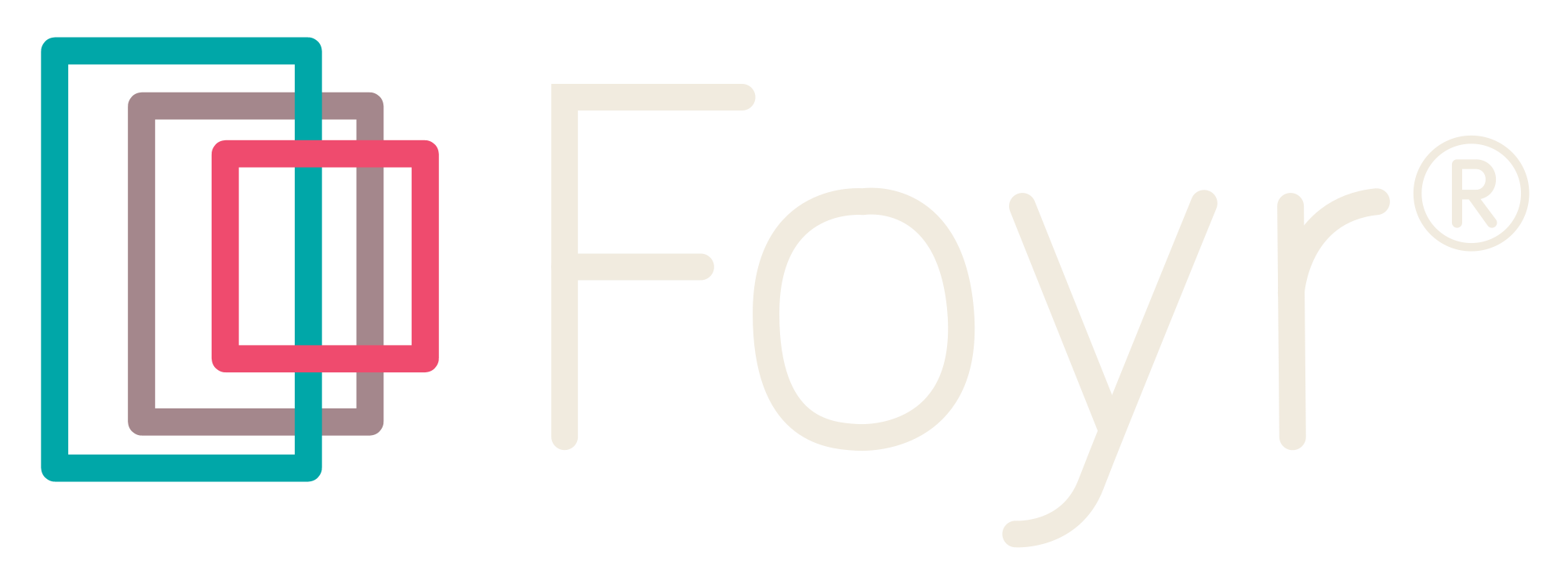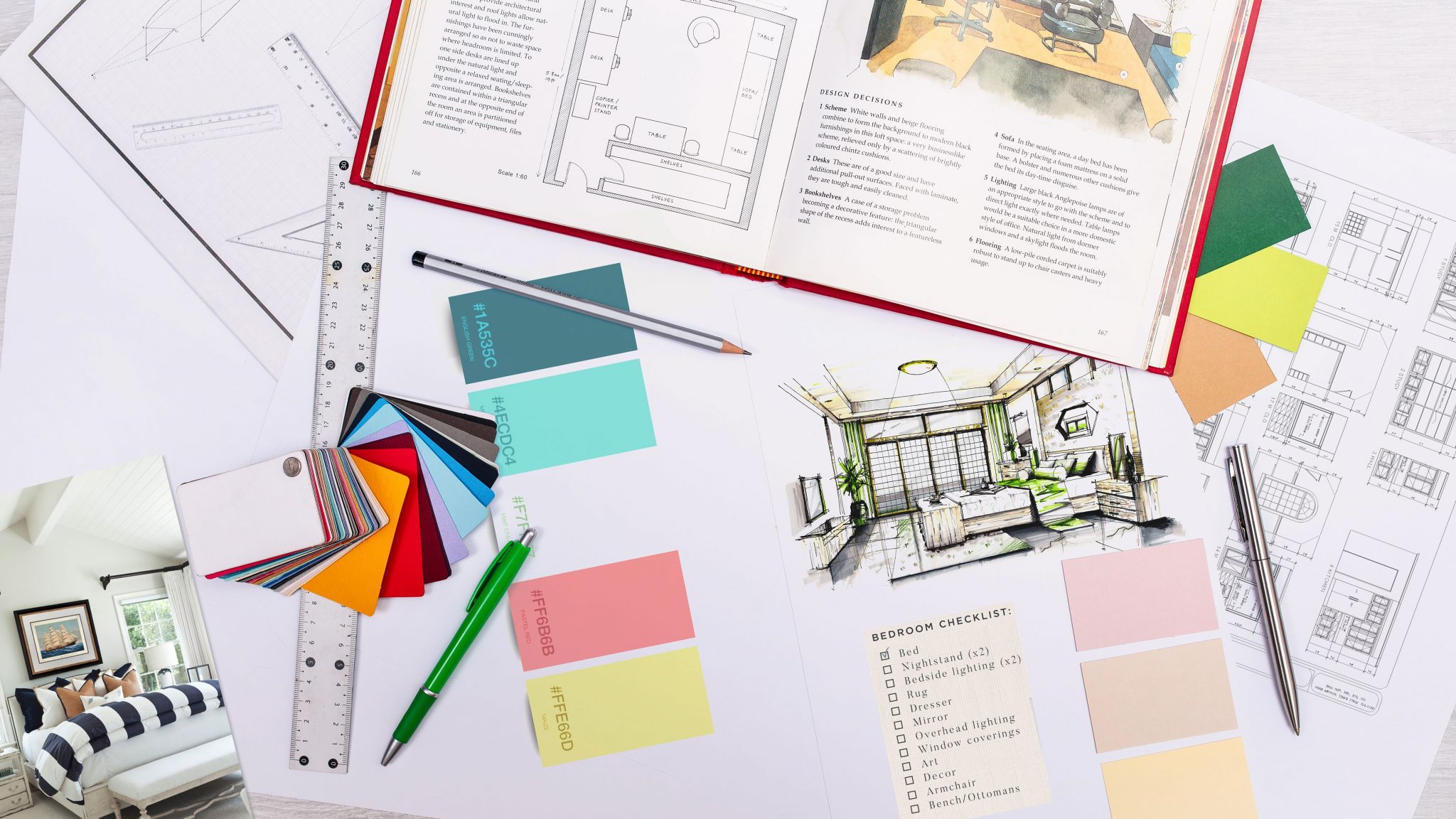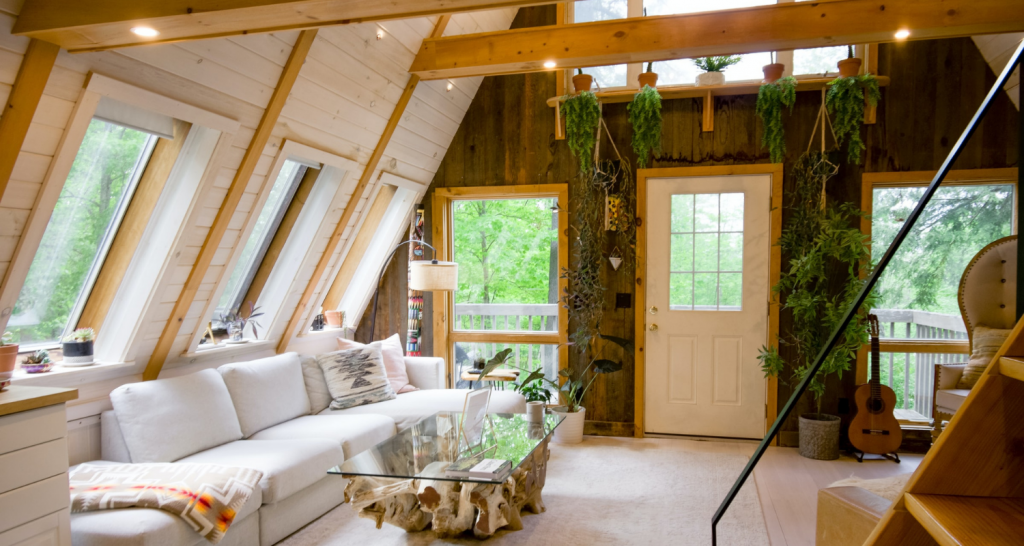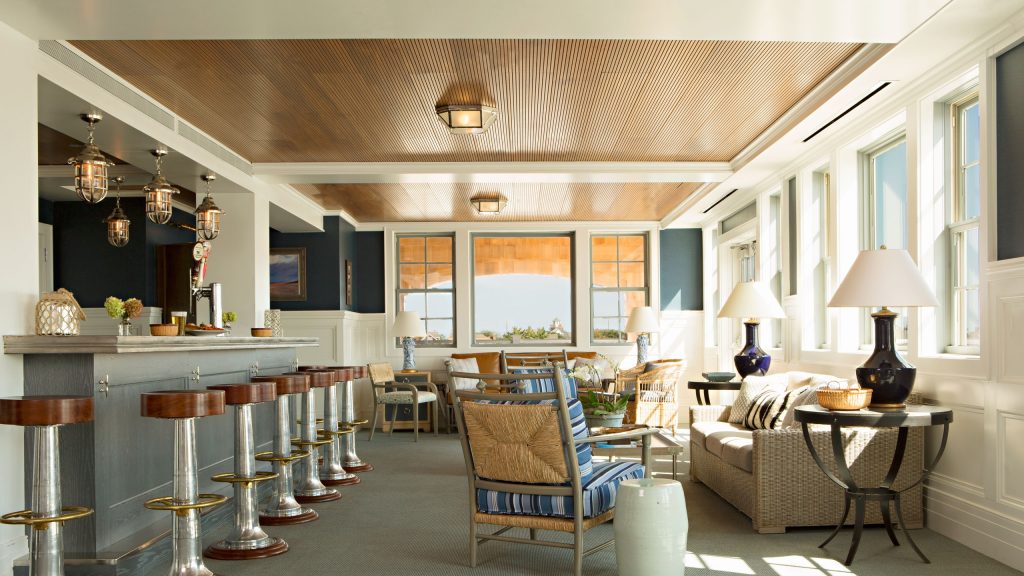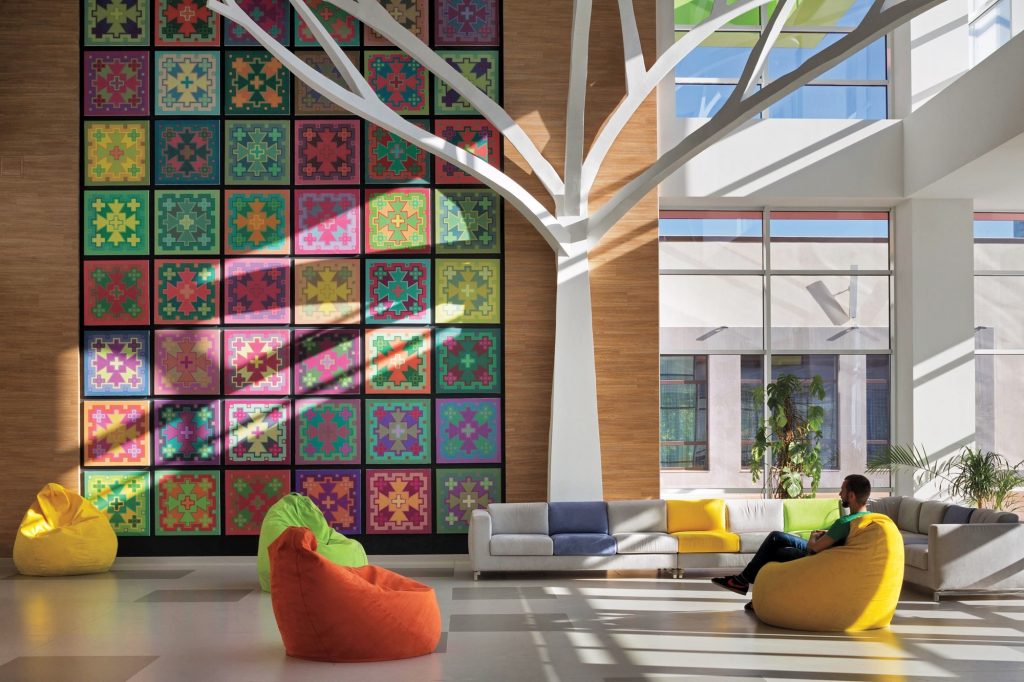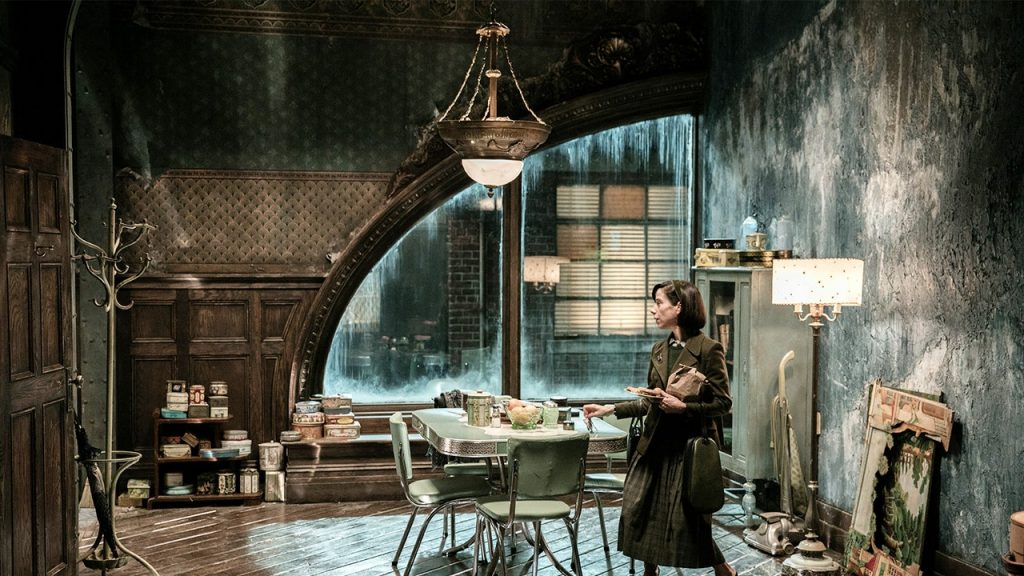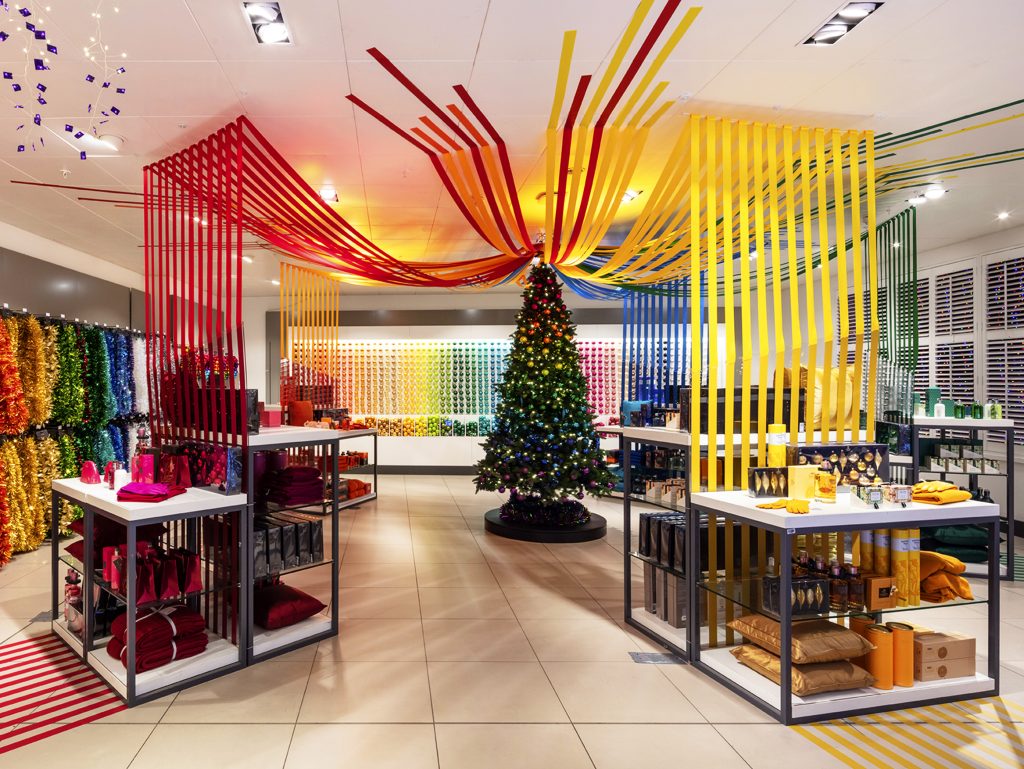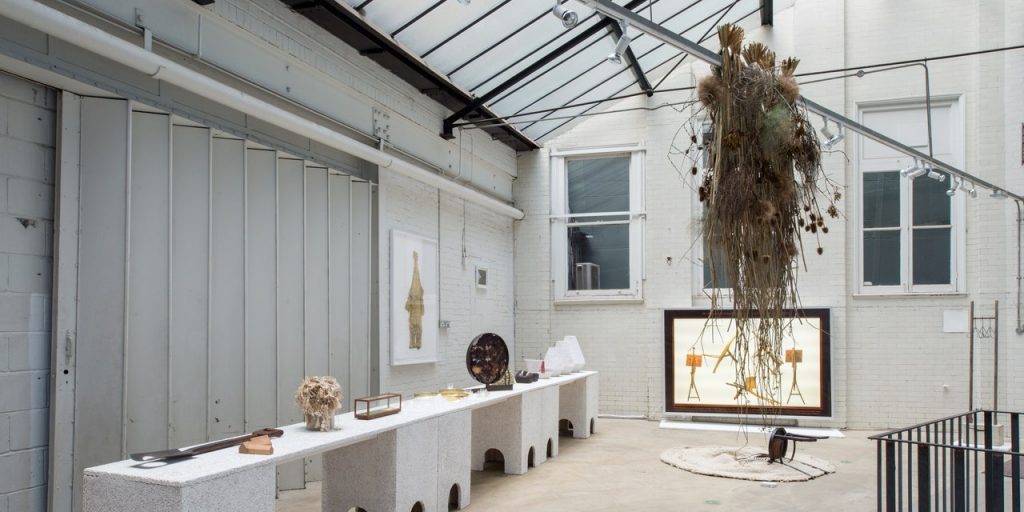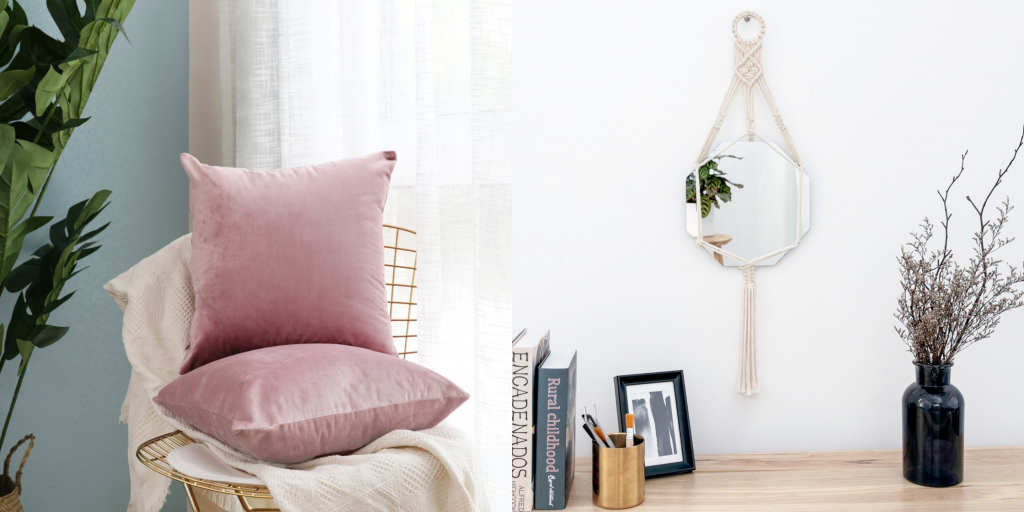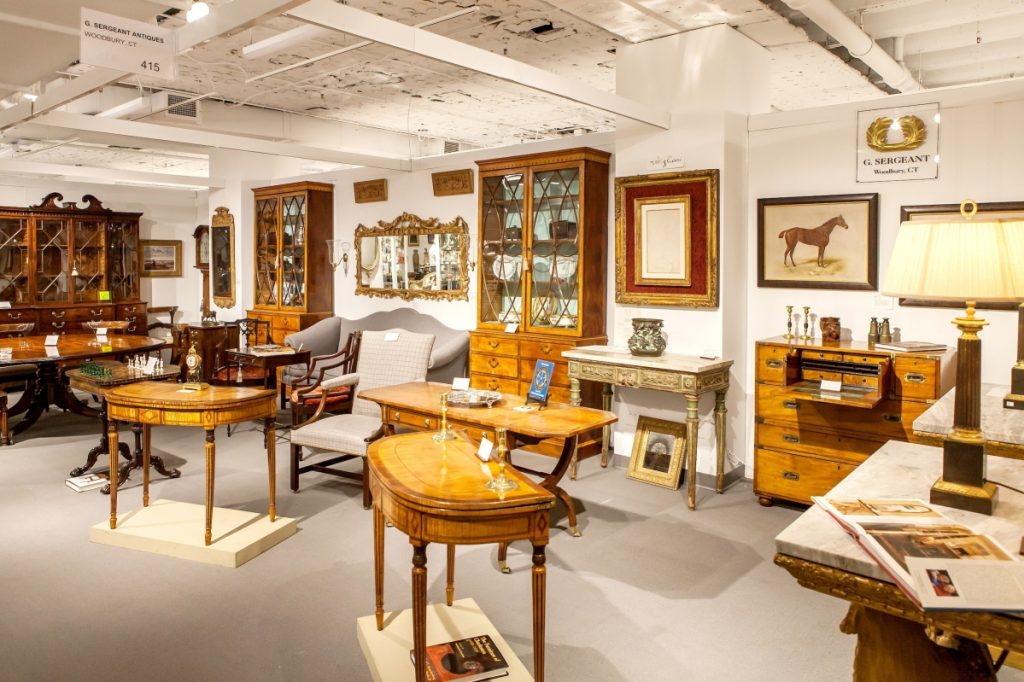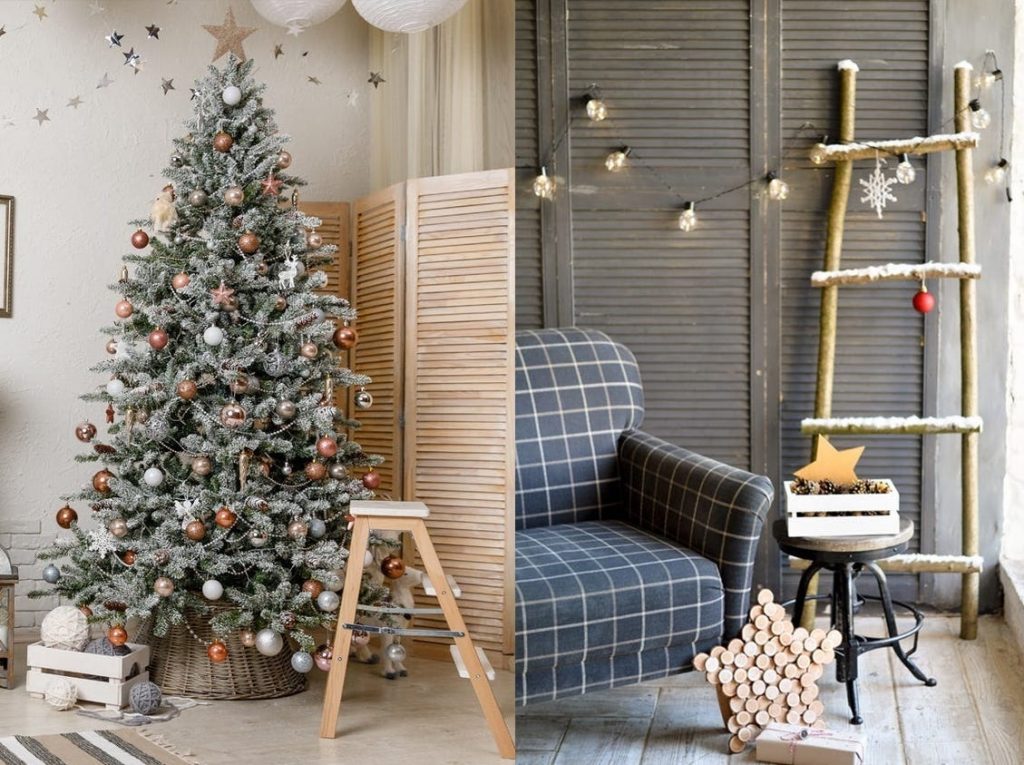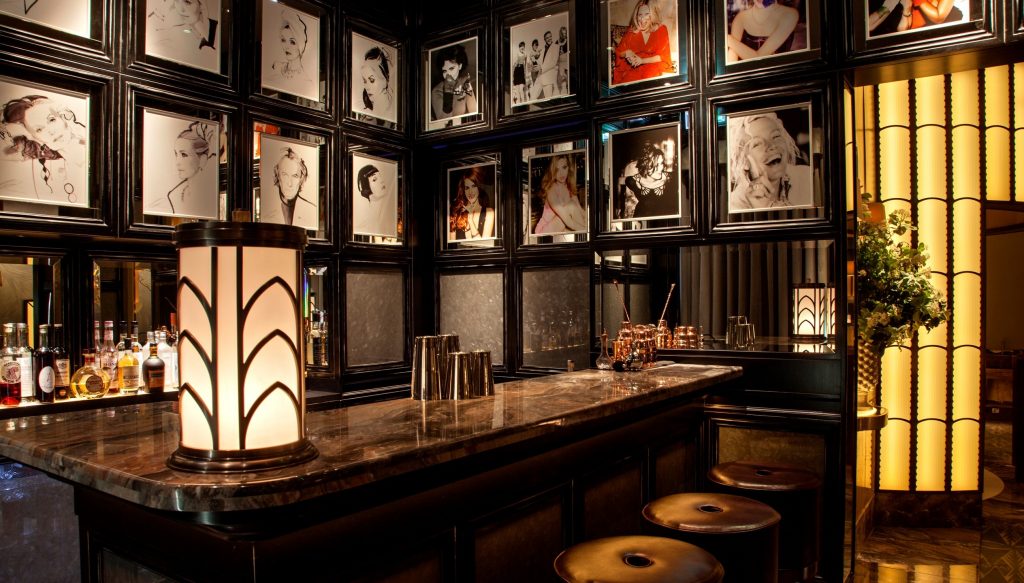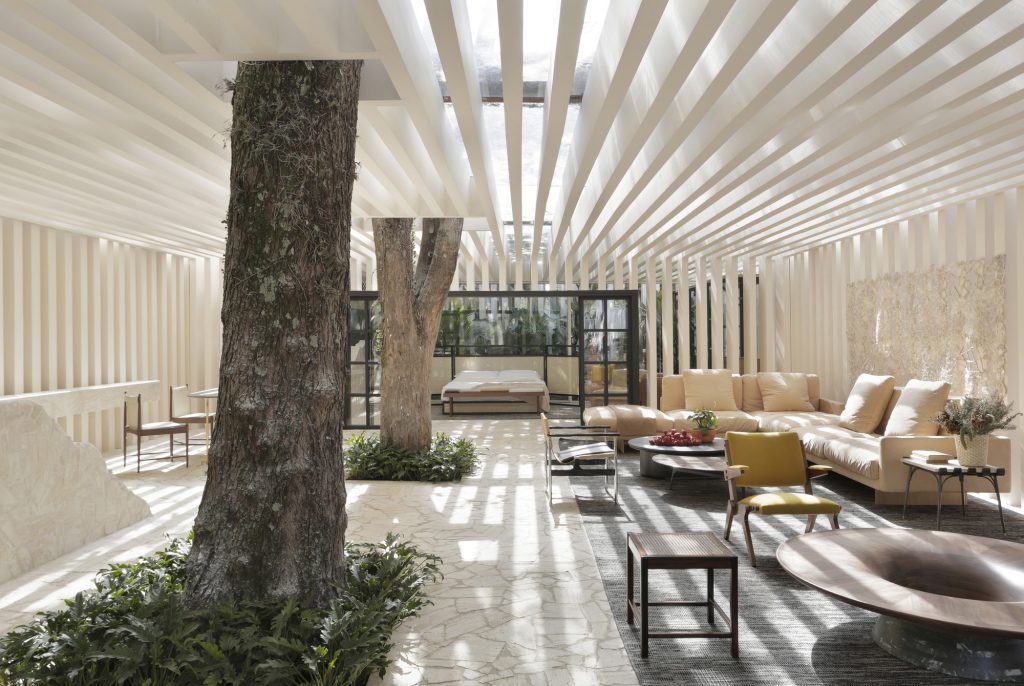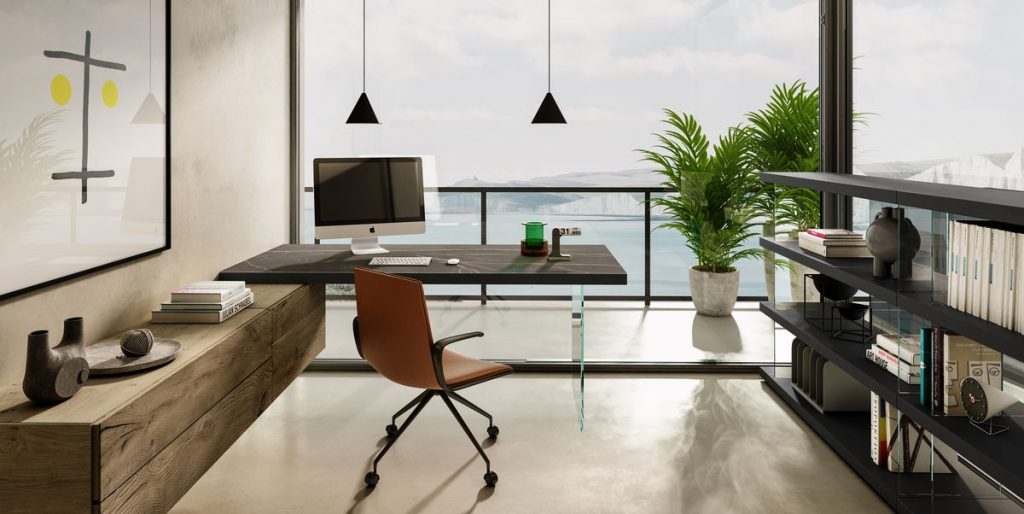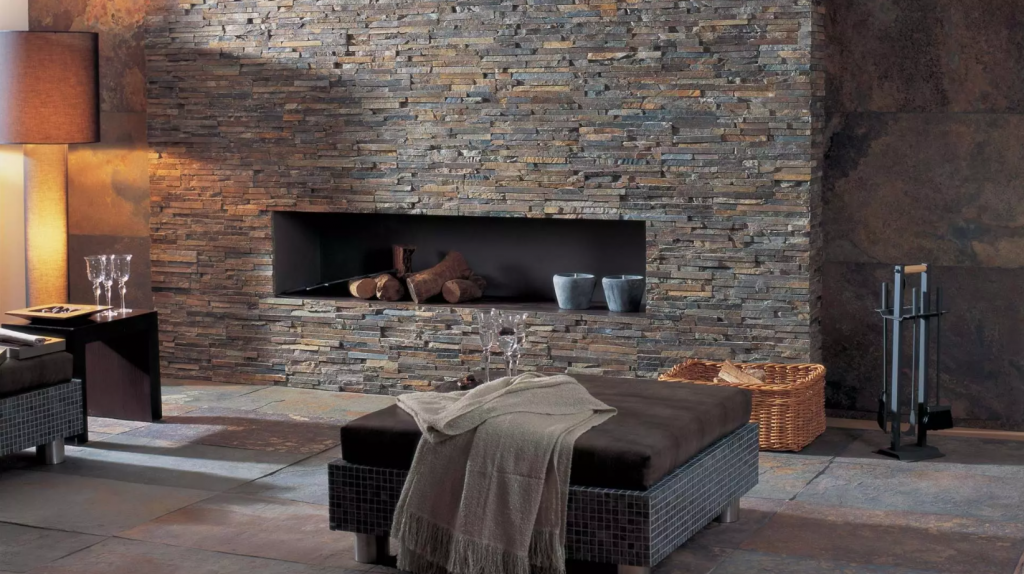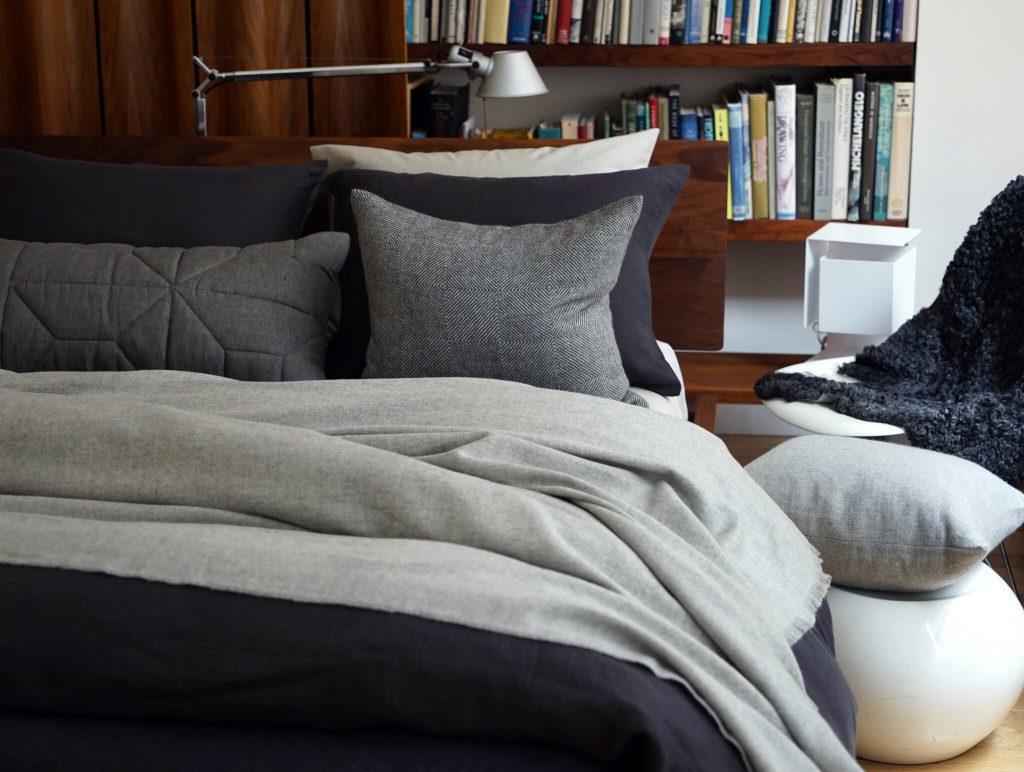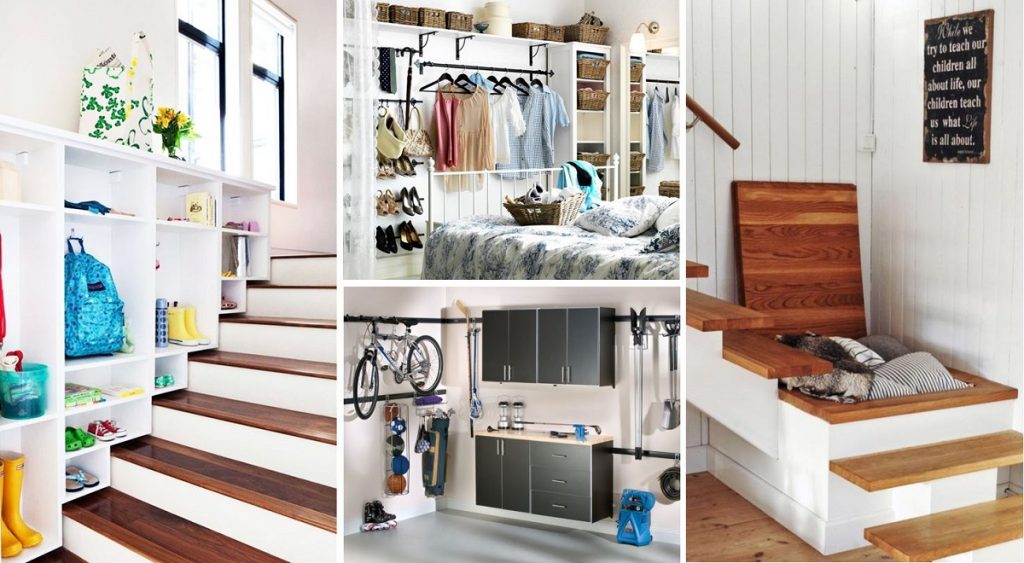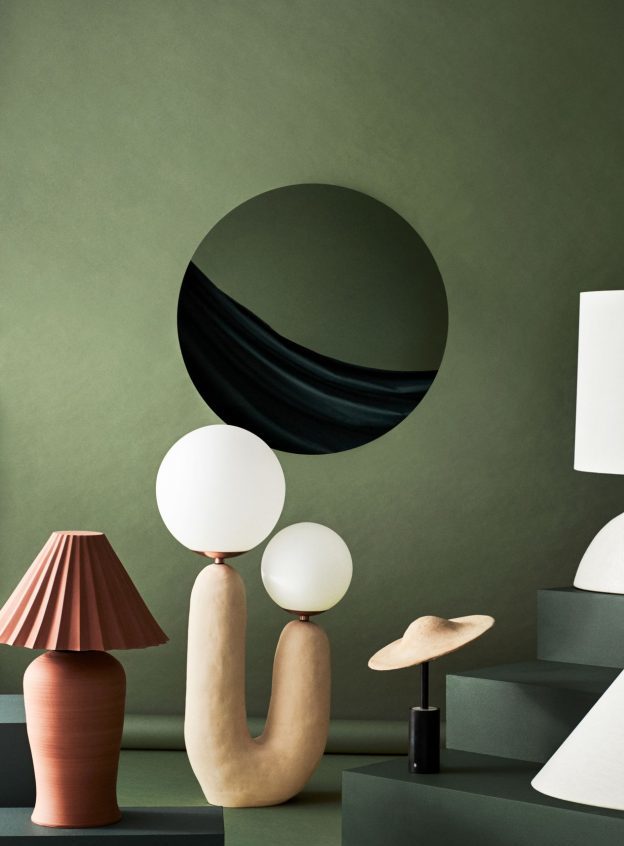Table of Contents
Interior design is a diverse industry filled with specialized roles—each catering to different client needs, environments, and design challenges. Whether you’re a student exploring career options or a professional looking to niche down, understanding the range of opportunities can help you build a rewarding design business.
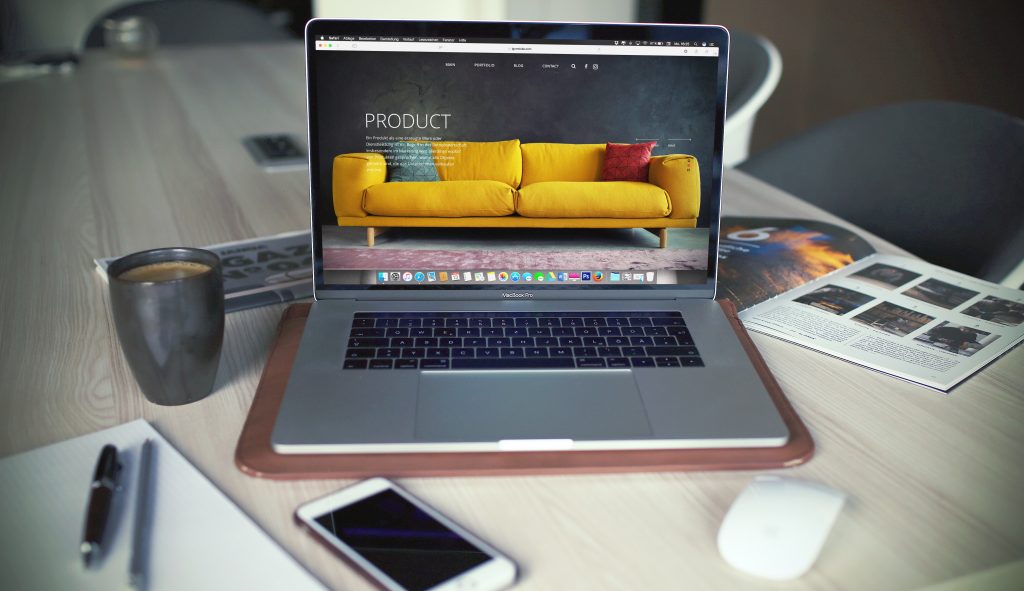
Core Interior Design Services
1. Residential Interior Designers: Crafting Cozy Homes
Residential designers focus on homes and private spaces. They may specialize further in kitchen design, custom furniture, or layout transformations like removing walls or adding skylights. Many are self-employed or freelance, offering services tailored to client tastes and lifestyles.
- Clients: Homeowners, renters
- Key Skills: Space planning, color theory, furnishings
Certifications: BFA or CID (Certified Interior Designer)
Read also – Commercial Interior Design Ideas
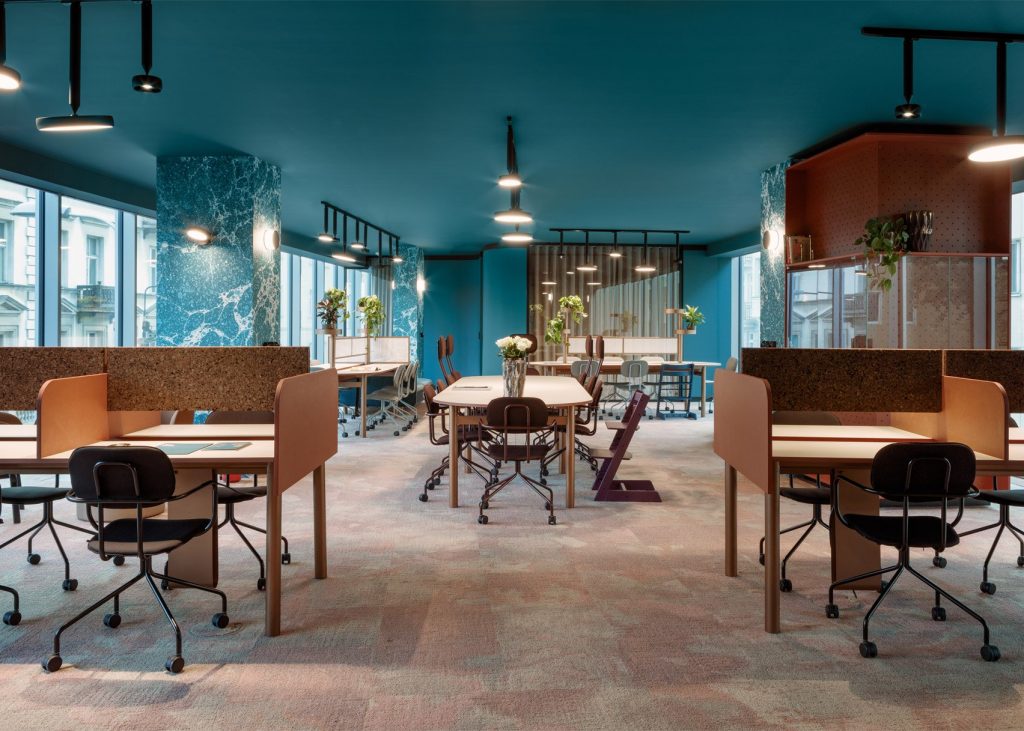
2. Commercial Interior Designers: Balancing Form and Function
These professionals design spaces like offices, retail stores, hotels, and restaurants. Their goal is to make environments visually compelling while supporting operations.
- Clients: Businesses and developers
- Key Skills: Branding through design, customer flow, compliance
Trend: Biophilic and sustainable commercial interiors
Read also – 9 Best Sustainable Architecture Design Ideas
3. Hospitality Designers: Enhancing Guest Experience
Hospitality designers bring themes to life in hotels, resorts, and dining establishments. They merge aesthetics with efficiency to shape immersive guest experiences.
- Key Deliverables: Room layout, lighting plans, brand-consistent elements
- Focus: Comfort, ambiance, brand identity
Read also – 10 Best Home Remodeling and Renovation Ideas
4. Retail Interior Designers: Driving Engagement through Design
Retail designers focus on spatial layout and product display. Their work helps shape brand perception and boost sales through strategic ambiance.
- Clients: Stores, boutiques, malls
- Tools: 3D renderings, visual merchandising strategies
Specialized Niches in Interior Design
5. Aging-in-Place Designers: Designing with Accessibility in Mind
These professionals adapt homes to help seniors live independently. From wider doorways to grab bars and slip-resistant flooring, their work ensures both safety and dignity.
- Target Market: Seniors, caregivers
- Certifications: Aging in Place Specialist (CAPS, QC Design School)
Read also – Which Interior Design Jobs Have The Best Pay?
6. Accessibility Consultants: Inclusive by Design
Working with architects and engineers, these consultants ensure spaces meet accessibility standards.
- Clients: Public buildings, residential renovations
- Scope: Code compliance, ADA guidelines, inclusive planning
Read also – 10 Tips for Interior Designers to Deal With Supply Delays
7. Eco-Friendly Designers: Sustainable Interior Solutions
Eco-conscious designers use non-toxic materials, reclaimed wood, and energy-efficient elements like LED lighting and smart systems.
- Certifications: LEED, WELL Building Standard
- Trend: Biophilic design + high-performance interiors
Read also – Installation Day Tips for Interior Designers
8. Color Consultants: The Psychology of Palette
Color consultants help shape mood, harmony, and brand identity through color. They advise on paint, furniture, and finishes to create impactful environments.
- Skills: Color theory, psychology, visual storytelling
- Sectors: Residential, commercial, branding
Read also – 40 Best Home Decor Online Stores
9. Lighting Designers: Setting the Mood with Illumination
Lighting experts use ambient, task, and accent lighting to sculpt atmosphere and improve function.
Key Competencies: Fixture coordination, mood setting, energy efficiency
10. Renovation Specialists: Modernizing Existing Spaces
Focused on revamping existing interiors, renovation specialists often handle structure-light changes, space optimization, and modern upgrades.
Tools: 3D floor plans, budget projections, contractor liaisons
Read also – 35 Best Spring Decorating Ideas
Tech and Remote-Based Design Services
11. Virtual Interior Designers (E-Design Services)
E-designers provide full interior solutions online—from consultations and concept boards to product sourcing and 3D visuals. This model enables global reach without site visits.
- Tools: Foyr Neo, Canva, Floorplanner
- Perks: Scalable, cost-effective, ideal for DIY clients
Want to streamline remote design delivery? Try Foyr Neo—an all-in-one platform for creating pro-level renders and collaborating with clients virtually.
Read also – Hotel Interior Design: Everything You Need To Know
12. Branding and Identity Designers
These professionals build brand presence through design. They focus on the visual identity of a design firm, from logos to style guides.
Must-Haves: Portfolio website, consistent style, storytelling
Read also – Why Landscape Architecture Is Important?
Creative and Experiential Roles
13. Event Decor Specialists: Design for Celebrations
Event decorators transform venues for weddings, parties, and conferences using color themes, floral installations, and furniture placement.
- Client Types: Individuals, corporate, wedding planners
Certifications: IEDP™ (International Event Decorating Professional)
Read also – 7 Best Modern Home Office Design Ideas
14. Exhibition Designers: Storytelling Through Space
Exhibition designers create impactful displays for museums, galleries, or trade shows. They blend infrastructure knowledge with storytelling.
Challenges: Deadlines, visitor experience, layout flow
Read also – Space Planning in Interior Design
15. Floral Design Integration
Incorporating florals into interior design brings in nature, enhances well-being, and aligns with biophilic principles.
- Applications: Residential, events, wellness spaces
- Services: Custom arrangements, seasonal styling
Read also – 9 Amazing Master Bedroom Ideas
16. Landscape Designers (Interior and Exterior)
From rooftop gardens to indoor planters, landscape designers bridge the gap between nature and interiors.
- Material Expertise: Wood, stone, live plants
- Trends: Zen gardens, edible landscaping
Future-Facing Design Roles
17. Interior Design Consultants
Often working across residential and commercial sectors, consultants bring strategy and clarity to complex design needs. They may supervise teams, assess spaces, and propose solutions.
- Skills: Communication, problem solving, spatial intelligence
- Support Roles: Assistants, stylists, sourcing agents
Which Interior Design Path Is Right for You?
Use this quick comparison:
|
Role |
Primary Focus |
Client Type |
Hands-On or Remote? |
| Residential Designer | Personal space aesthetics | Homeowners | Hands-on |
| E-Designer | Virtual interiors | DIY clients globally | Remote |
| Accessibility Consultant | Inclusive design | Public, private | Hands-on |
| Color Consultant | Color schemes | Homes, brands | Both |
| Hospitality Designer | Guest experience | Hotels, resorts | Hands-on |
| Branding Specialist | Visual identity | Designers, studios | Remote |
Final Thoughts: Explore, Specialize, and Succeed
The interior design world offers more than just picking out fabrics and furniture. From accessibility and sustainability to event spaces and digital consulting, each path has unique opportunities.
To stand out in any niche, you need the right tools.
Foyr Neo equips you with everything from 3D modeling and renderings to real-time collaboration. Whether you’re launching your first e-design package or pitching a luxury commercial concept, Foyr helps you turn vision into reality.
Start your 14-day free trial with Foyr Neo and explore how it can empower your journey across any interior design specialty.








